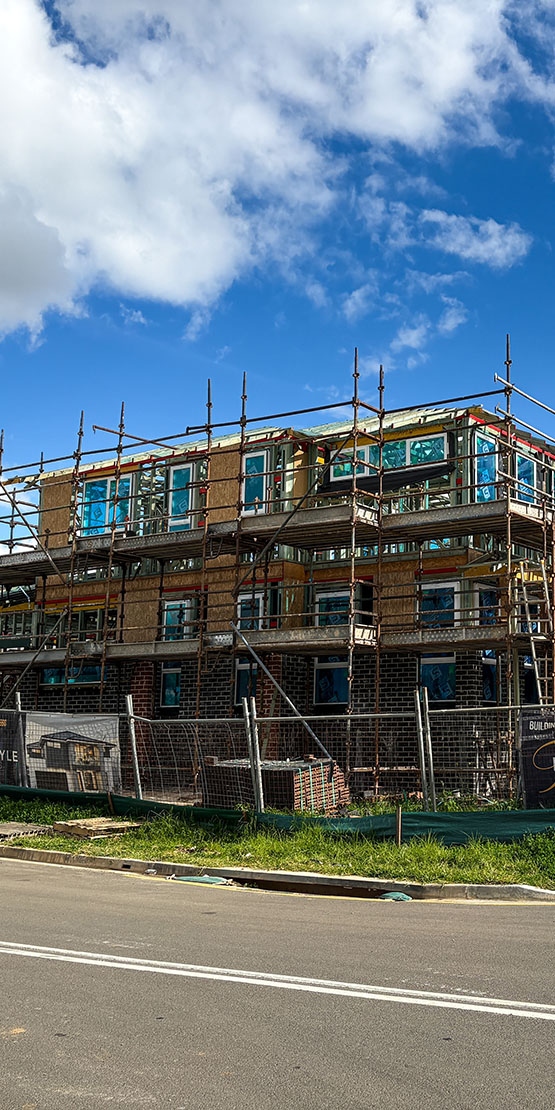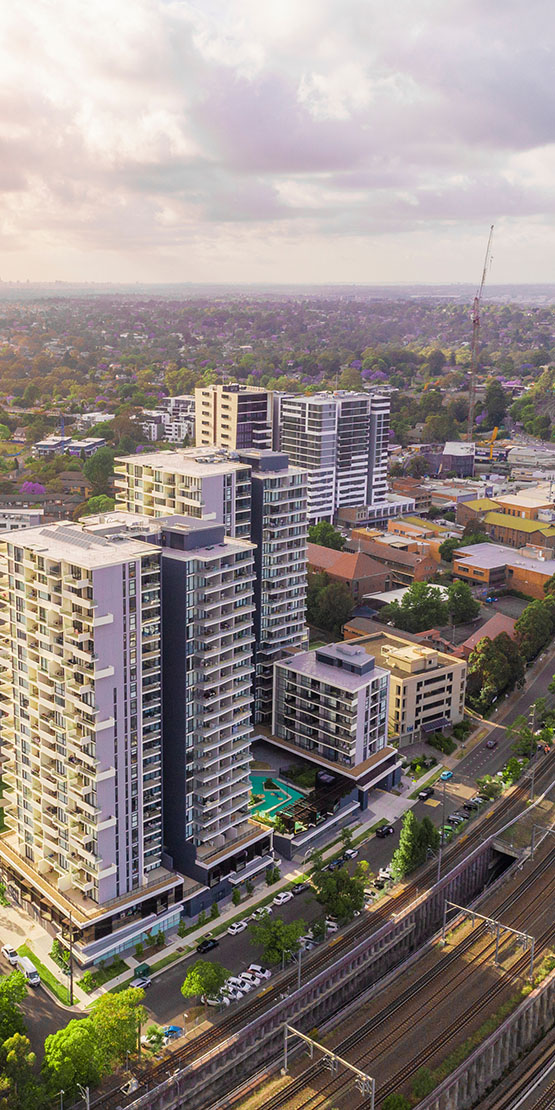This month, Sydney’s property market continued to experience notable price pressures, tight rental conditions and evolving policy measures. Interest rate cuts earlier in the year have fuelled activity in affordable markets, while long-standing structural issues such as housing affordability and limited rental supply persist. Several suburbs recorded sharp rises in values and rents, while others saw rare declines. Legislative reforms and initiatives, including new anti-money laundering obligations and government-backed architectural housing designs, also shaped the market’s outlook.
Cheaper rents emerge in select Sydney suburbs despite overall high costs
While rental prices across Australia’s capital cities remain at record highs, new Domain analysis has identified suburbs where rents have fallen sharply over the past year. Edgecliff and Bondi Junction in Sydney were among the top five suburbs nationally with the biggest drops in median weekly asking rents, according to the Domain Rent Report. Edgecliff house rents decreased by 15 per cent, falling from $1466 to $1275 per week, while Bondi Junction house rents dropped by 11.1 per cent to $1300, saving tenants around $7488 annually. These declines have largely been driven by oversupply and reduced demand in higher-priced segments, with agents noting that properties at the premium end of the market are facing more scrutiny and longer vacancy periods. While Sydney tenants in these suburbs may benefit, affordability remains a broader challenge as rents continue to climb elsewhere.



